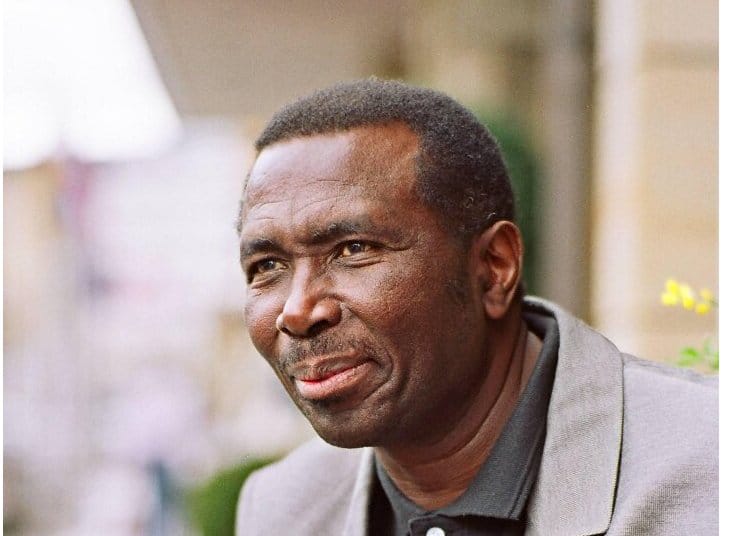In the sun-scorched county of Turkana, a head of institution struggles to run a school without water, textbooks, or sufficient staff. The government sends the same Ksh 1,420 per primary pupil as it does to a Nairobi school with access to good roads, power, internet and piped water. Equal funding? Yes. Fair funding? Absolutely not.

Kenya’s current capitation model under Free Primary Education (FPE), Free Junior Secondary Education (FJSE), and Free Day Secondary Education (FDSE) is uniform. It provides Ksh 1,420 for each primary school pupil and approximately Ksh 15,000 and Ksh 22,244 for each junior secondary and day secondary school student, respectively. While this formula is designed for fairness, it assumes all learners face similar environments and challenges. For schools in Arid and Semi-Arid Lands (ASAL), this assumption is detached from reality.
In ASAL counties like Turkana, Wajir, Marsabit, Isiolo and NEP, the cost of running a school is significantly higher. Water must be trucked in. Teachers’ mobility is high due to insecurity and poor living conditions. School meals become lifelines in places where food insecurity is rampant.
ALSO READ:
ASAL teachers move to court over removal of 1,864 from promotional list
Many pupils walk long distances across harsh terrain to reach school, resulting in an enrollment rate of about 40 percent, compared to over 96 percent in non-ASAL areas. Nonetheless, all these schools receive the same funding as those in resource-rich regions.
Equal funding in this context entrenches inequality. Schools in ASAL areas require higher capitation to cushion their geographical and socio-economic disadvantages. Equity means recognising these disparities and responding to them appropriately through policy.
It is worth noting that the Teachers Service Commission (TSC) already provides hardship allowances to teachers in ASAL areas, acknowledging the additional challenges of working in these areas. Shouldn’t our learners receive the same consideration?
Opponents of differentiated funding may argue that increasing capitation for ASAL schools is too expensive. But what is the cost of continued undereducation in these regions? Denying children the means to learn due to where they are born undermines Kenya’s promise of universal basic education and stifles the potential of entire communities.
ALSO READ:
Elders urge parents to uphold cultural values for discipline and holistic education
Others will worry about accountability. Yes, school funds must be managed in a transparent manner. But the answer is not to underfund ASAL schools into irrelevance. We should strengthen oversight mechanisms, empower Boards of Management, and conduct regular audits rather than using inefficiencies as an excuse for inaction.
What should change? The Ministry of Education should adopt a differentiated capitation model. Just as learners with special needs receive higher funding due to greater resource requirements, so should learners in ASAL regions. A weighted formula based on location, operational costs, and levels of marginalisation should be implemented. Piloting this approach in the hardest-hit counties would be a strong start.
Parliament must also play its role. Members of Parliament from ASAL counties should lead the charge for budgetary reform in the next education cycle. They should demand that the State recognises what the Constitution already does—that no child should be left behind.
We speak often of inclusive education. We quote statistics on enrolment and literacy. But inclusion is not just about building classrooms—it’s about ensuring the learners inside them can thrive.
If we are serious about achieving educational equity, the first step is to fund it fairly. ASAL schools don’t need charity. They need justice.
By Clinton Gichaba
Clinton Gichaba is an education advocate and youth leader based in Turkana.
You can also follow our social media pages on Twitter: Education News KE and Facebook: Education News Newspaper for timely updates.
>>> Click here to stay up-to-date with trending regional stories
>>> Click here to read more informed opinions on the country’s education landscape






